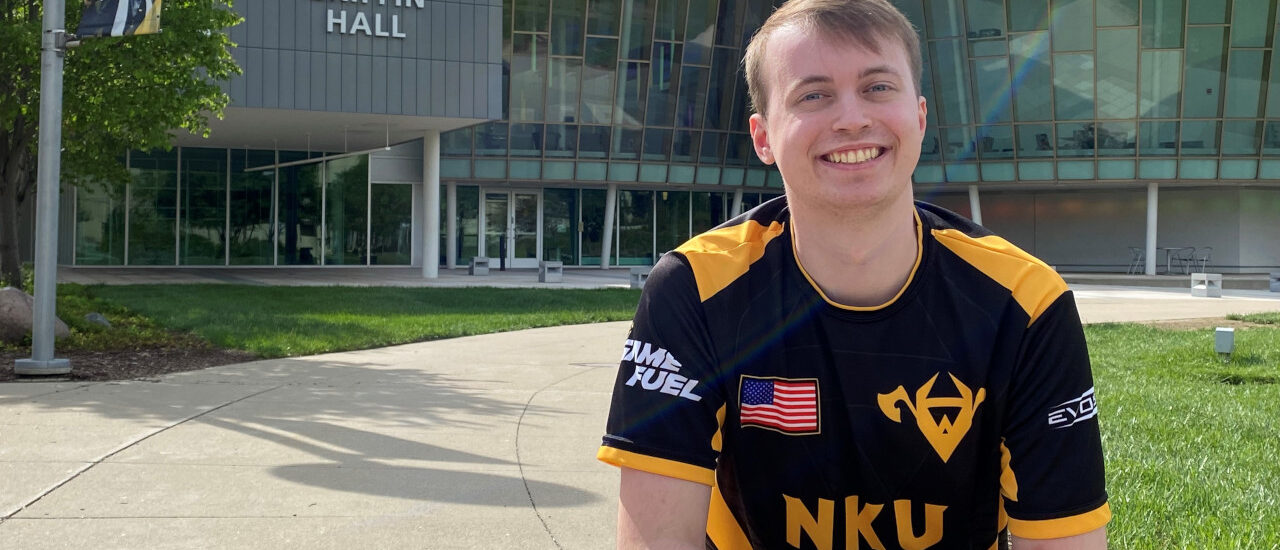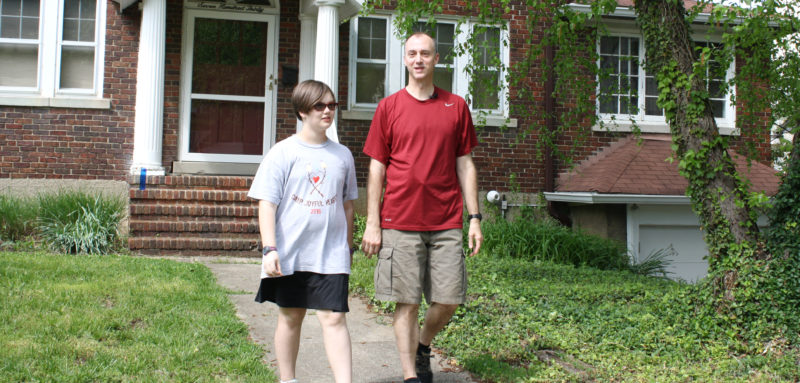A landmark randomized clinical trial is testing a potentially life prolonging drug treatment to slow down or stop heart damage that usually kills patients diagnosed with Duchenne Muscular Dystrophy (DMD).
The study is a collaboration of Cincinnati Children’s Hospital Medical Center, Ohio State University (OSU) and The Christ Hospital in Cincinnati.
Extensive research – including studies in mouse models of DMD – suggests an anti-fibrosis drug called eplereone, which has long been used to treat heart attack victims, could help people with the disease, says Dr. Kan Hor, a principal investigator and a physician/researcher at Cincinnati Children’s.
Disease-associated heart damage is the leading cause of death in patients between the ages of 20 and 30 – the maximum life span for people with DMD.
Hor and his colleagues theorize earlier diagnosis and treatment with anti-fibrotic medication could enhance quality of life and survival for people with DMD.
A key element of the new treatment approach is using enhanced cardiac magnetic resonance (CMR) imaging. The technique – more sensitive than standard echocardiogram tests now used in DMD – is designed to catch minute declines in heart function much earlier in a child’s life.
“Standard echocardiogram techniques now used in DMD rarely catch significant heart damage in the first decade, although research shows scar tissue is already developing in many patients before it’s clinically detectable through current methods,” says Hor, a member of the Cincinnati Children’s Heart Institute.
By the time current diagnostic methods catch DMD-associated heart disease after the age of 10, damage is often irreversible. By then, standard treatment with beta-blockers and angiotensin converting enzyme inhibitors provide little if any long-term benefit.
Enhanced CMR includes imaging with a contrast agent called gadolinium, which allows physicians to detect the early formation of heart muscle fibrosis while patients are still young and ejection fraction is normal.
The image analysis includes an overlay tool that divides the heart into 24 equal sub-segments. As the heart beats, the segment grids move in line with the region of the heart they cover. The grids start out as perfectly square, but then contort in conjunction with a twisting motion the heart makes to force blood through the body. This allows physicians to measure heart function region by region to catch the smallest of declines.
“On an individual basis, measuring each of the grids doesn’t tell you very much,” Hor says. “But when you add up the grids, you can see cumulative changes and catch small but important declines in heart function. We believe this test will help us detect these early changes in heart function and start cardiac therapy with anti-fibrotic medication.”
Read more about this study in our newsroom.
Click here for more information about the clinical trial or contact the study research coordinators at Cincinnati Children’s at 513-803-0369 or Ohio State at 614-688-8020.
About Duchenne Muscular Dystrophy
A genetic disease that affects mostly boys, DMD is the most common form of muscular dystrophy. Most children begin losing the ability to walk between the ages of 7 and 13. With decades of research, testing and increased emphasis on multidisciplinary care, physicians have been able to use steroids and other drugs to preserve some ambulation, pulmonary function and push survival ages well into the 20s.




